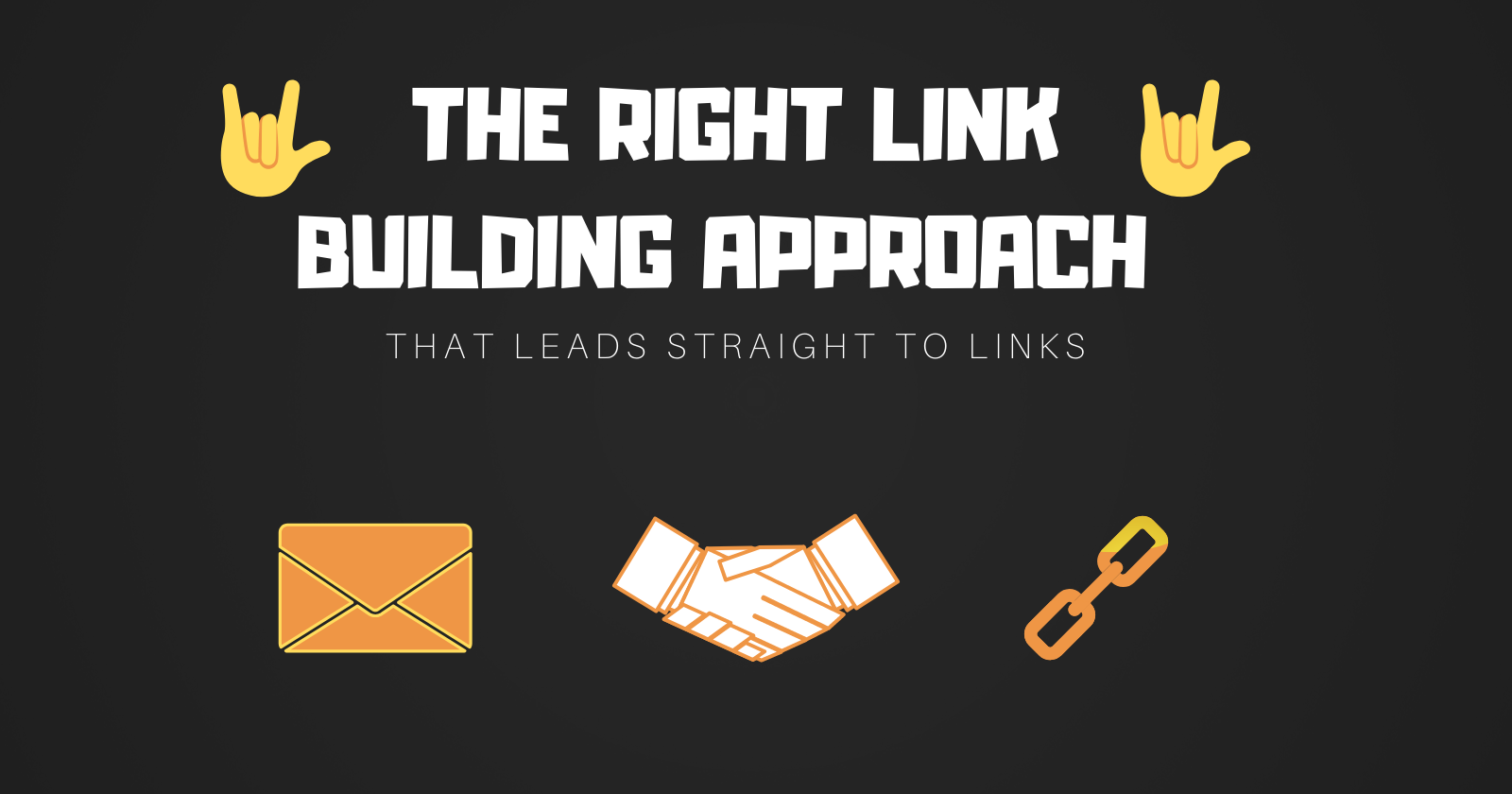Thought you had to send millions of emails to build links?
Think again.
My agency has never used mass emails to build links.
It doesn’t matter whether we’re talking about my own site or our client ones.
Why?
Because it’s not the best way to use your time and resources.
In fact, this approach died a few years ago.
“Huh. Okay. But if that’s true – why are marketers still using this method?”
It could be because the Google SERPs are flooded with posts that share outdated link building approaches, such as the mass email outreach approach.
But the truth is, this strategy is completely the wrong way to build links, especially if you don’t want to be branded a spammer in your industry.
In this article, I’m going to share with you the right link building method that leads straight to links.
With this way of doing things, you’re going to build proper, long-lasting relationships with businesses that help you get to the top of Google search results.
Why Sending Millions of Outreach Emails Doesn’t Work
I won’t lie to you – email outreach can work for some marketers.
But I want to show you why it’s just not worth the risk.
First, imagine this scenario:
It’s another Monday morning and you open your mailbox to take a look at the most recent outreach email that you got.
Urgh. Another one from the same company.
Do you want to reply to it or would you rather mark it as spam?
I’m guessing the latter (and possibly set it on fire).
You aren’t alone with your frustration.
Recent research by Brian Dean found that the average response rate is below 9% for these types of emails.
While some of our friends were lucky enough to reach a response rate of 16% by using a more personalized approach, the efficiency of this strategy is questionable.
The low response rate is definitely a problem for me and tons of other marketers, but what all eyes are on are the reputational risks.
This is among the biggest reasons why I don’t think it’s worth it.
Send a few emails and you could get a reputation for being a spammer. And once you’ve got that rep, it’s hard to recover from it.
As the great Warren Buffet said, “it takes 20 years to build a reputation and five minutes to ruin it.”
But why are emails ignored or labeled as spam?
Here are some reasons:
Emails Are Sent to the Wrong People
The reason behind their silence is simply because they’re not interested in link building
Your Emails Are Generic
It stands out a mile that this is a generic email that was sent over to hundreds or even thousands of recipients.
Basically, they know that you don’t care so why should they bother too?
Email Messages Are Missing a Unique Value Proposition
The majority of outreach emails are asking for a link to their post since it’s sharing something valuable.
But let’s be honest: There are tons of similar posts that are super in-depth.
So what makes your post so special?
How to Stop Wasting Your Time & Start Building Links
Even though we haven’t been involved in sending mass outreach emails, we’ve struggled to acquire links from time to time.
And we know better than most others that in link building there are no silver bullets and magic how-to’s that will guarantee thousands of links.
In fact, I should warn you that link building requires a lot of resources and time.
With the right strategy, though, it’s totally doable.
A winning link building campaign involves the following steps.
Step 1: Link Prospecting That Is Focused on Finding Companies That Have the Same Goals as You (e.g., They’re Also Actively Building Links)
Lots of companies want to build links just like you do.
Because they’re in the same position as you, they’ll be more open to doing favors for other brands like yours.
There are a few approaches that will help you find those who are also working hard on improving their SEO performance, and who understand the value of links.
One of the easiest ways is to check the Google SERPs.
Everything starts with keyword research but, in our case, we need to focus on keywords that have a decent level of competition, as well as the number of monthly searches.
Also, we don’t need to have a lengthy list of keywords – around 20 search queries will suffice.
I use SEMrush to find keywords as it allows me to filter out those search queries that have the highest competition and the biggest search volume.
In the screenshot below, you can see the most competitive and popular keywords related to content marketing:
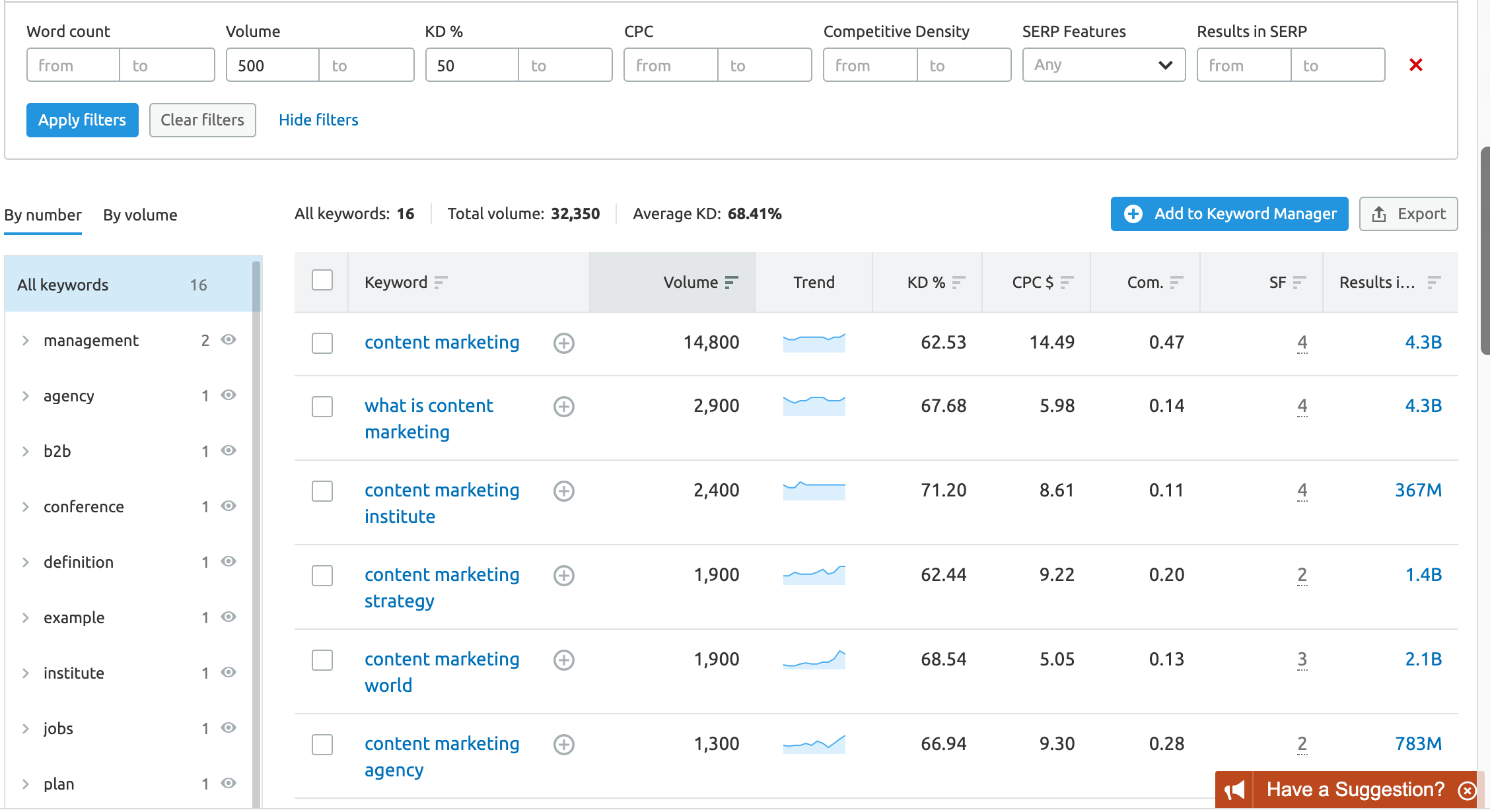
So now we have a list of keywords and it’s time to move to the Google SERPs.
What we need to do is download a list of sites that are currently appearing in the top 100 results.
To make things happen, you could either use the SEOquake plugin or the SEMrush tool.
Personally, I prefer to use the SEOquake plugin as it’s free and has a pretty straightforward interface.
If you decide to go with SEOquake, don’t forget to adjust your search settings to get all the results on one page:
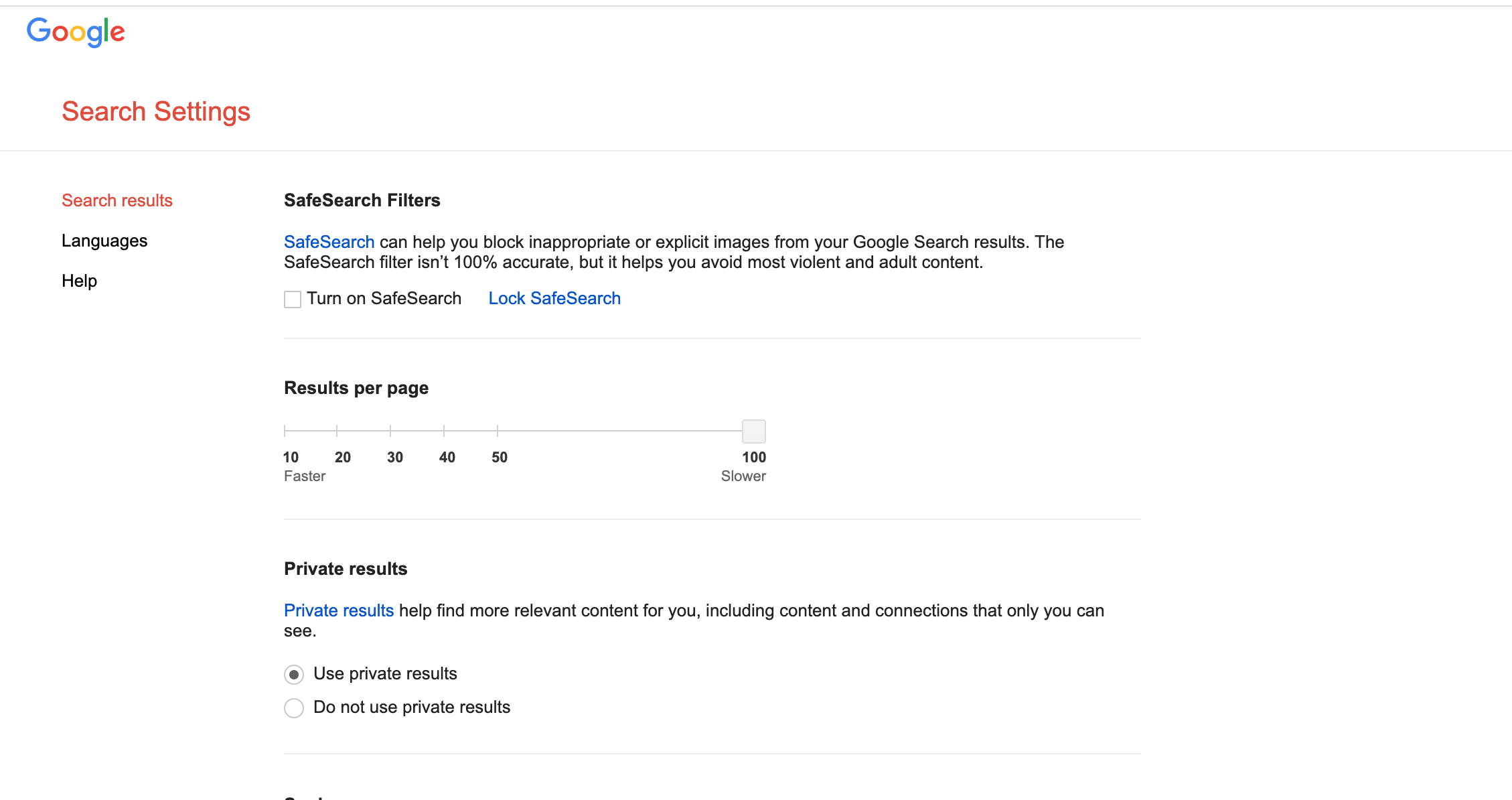
After this, simply switch on SEOquake and export the list of sites that are appearing by a keyword that you searched for.
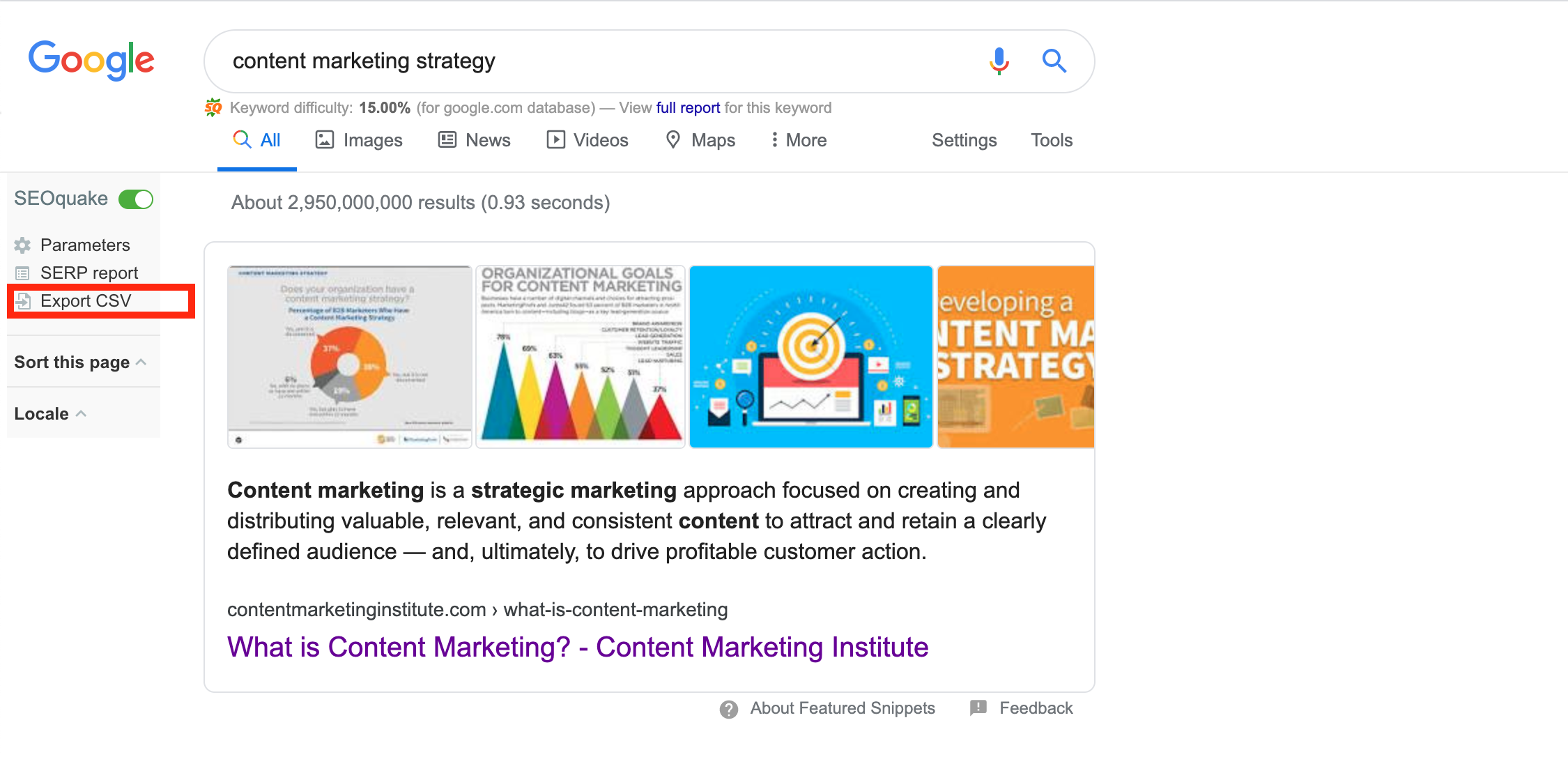
Once you’ve exported all the relevant URLs, you need to separate those who are actively building links.
To get this information, I recommend using the Ahrefs Batch Analysis tool, which allows you to analyze up to 200 pages at once.
The most important metrics to use are the number of referring domains and the site’s domain rating (DR).
To spot those who are currently investing heavily in building links, you can use Excel’s custom sort function where you’re asking to show pages that have the lowest site’s DR and the highest number of referring domains.
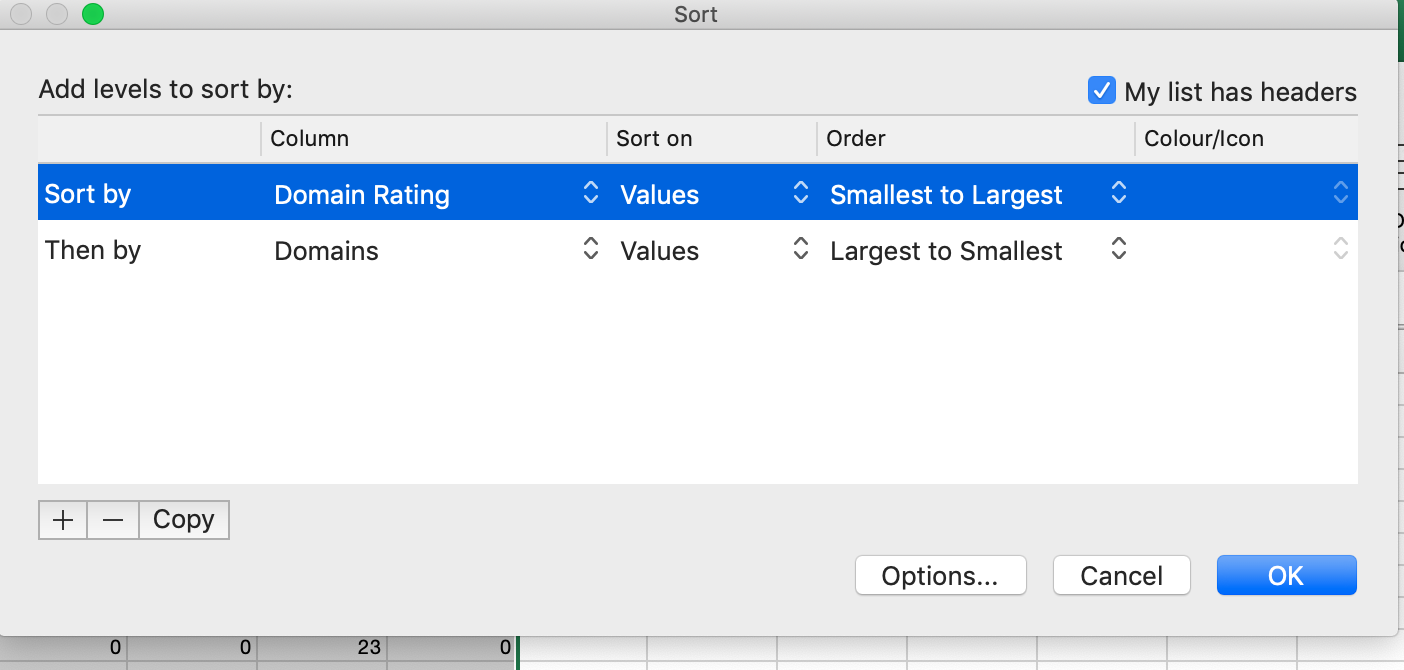
By using such sorting you’ll be able to see the sites that are currently working hard on building links.
For instance, in the screenshot below you can see the list of pages that have built a solid number of links back to them:
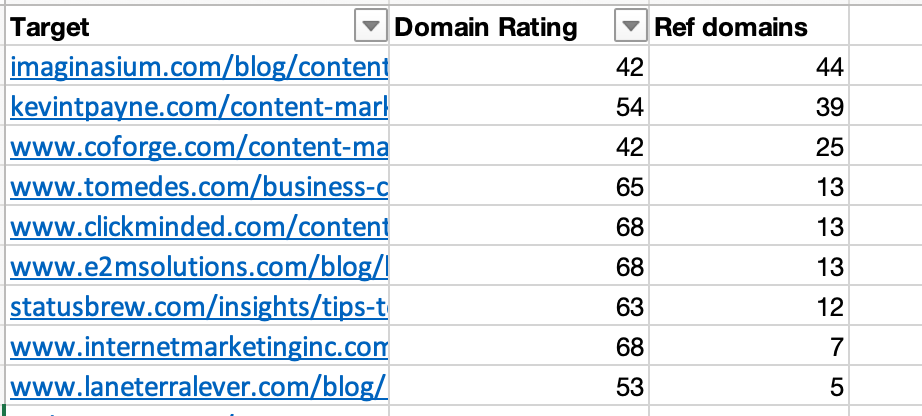
Then, do the same search and analysis for the rest of the keywords that you selected.
Finally, you need to double-check all uncovered URLs to ensure that they’re really building links right now.
The easiest way to do this is to check the Ahrefs graph that shows the growth trend of referring domains back to pages that you uncovered through SERPs analysis.
For instance, if an URL that you’re looking at shows a graph like this, then they’re investing heavily in link building:
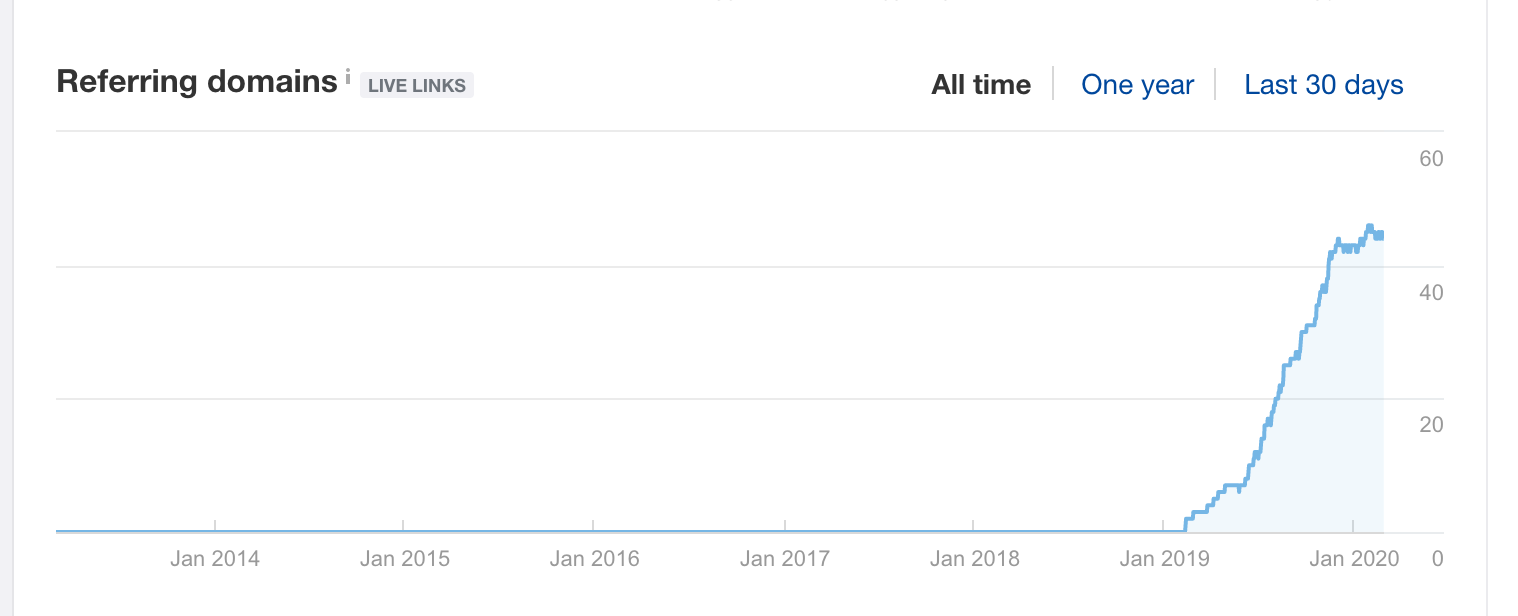
Once you’ve got a list of sites that are looking for links, it’s time to make an initial connection with them.
Step 2: Connecting With Potential Link Building Partners
Since you don’t have tons of sites that you want to connect with, it definitely does make sense to use a personalized approach rather than sending generic mass emails when establishing link partners.
Why?
Because link building is in many ways relationship building.
Therefore, a personalized touch helps a lot.
Moreover, as we saw earlier, sending generic mass emails can get you labeled as a spammer.
What I recommend doing here is using LinkedIn as an ice-breaker.
You can switch to email eventually, but it’s good to make that first connection via LinkedIn.
When you send your initial message, make sure to let them know why you want to connect with them on LinkedIn.
You could, for example, say that you’ve noticed they’ve been working hard on acquiring links back to their site and that you thought there might be some synergy between your respective companies.
Make sure to introduce yourself first, but get to the point as quickly as possible.
Keep your messages friendly, personable but concise. Be direct with what you want because honesty really is the best policy.
After connecting on LinkedIn, you can switch to an email communication where you need to tell them what kind of benefits partnering up with you would bring them.
Step 3: Giving Them a Good Reason to Partner up With You
Finally, it’s time to give them a big fat reason to work with you.
- What do they get from linking back to your content?
- Will they receive links from you back to their content?
- Will you deliver awesome content that they can put in front of their audience?
In my experience, the best value proposition is giving them links in exchange for them giving you links.
In other words, reciprocal links.
No one (not even Google) has explicitly said that building links back to your partners on some other sites is something that could harm your SEO visibility.
An easy way to return links back to your partners is by writing guest posts.
With a guest post, you can create relevant and useful content that both of you can share.
This means you both gain more traffic and increased exposure to wider audiences.
However, if you don’t think it’s a good idea then there’s still a way to sort this out by joining some industry groups and keeping your eye open to link building opportunities that are popping up here and there.
And, in that case, you’ll simply be sharing those opportunities with your partners.
If you’re within a B2B niche, the right place to find such opportunities will be by becoming a part of the B2B bloggers boost group on Facebook.
Conclusion
So, mass email outreach doesn’t often work if you want to build links.
Or, at least, it can easily put your reputation at risk.
But as we’ve seen, there is a different approach that is friendlier, more personable and way more powerful at developing links and relationships with other businesses.
More Resources:
- How to Build Links via Non-Traditional Email Outreach
- Relationship Building: How to Earn Trust & High-Quality Links
- Link Building Guide: How to Acquire & Earn Links That Boost Your SEO
Image Credits
Featured Image: Created by author, March 2020
All screenshots taken by author, March 2020

